The Chinese Automotive Landscape: Obstacles For Premium Brands Such As BMW And Porsche
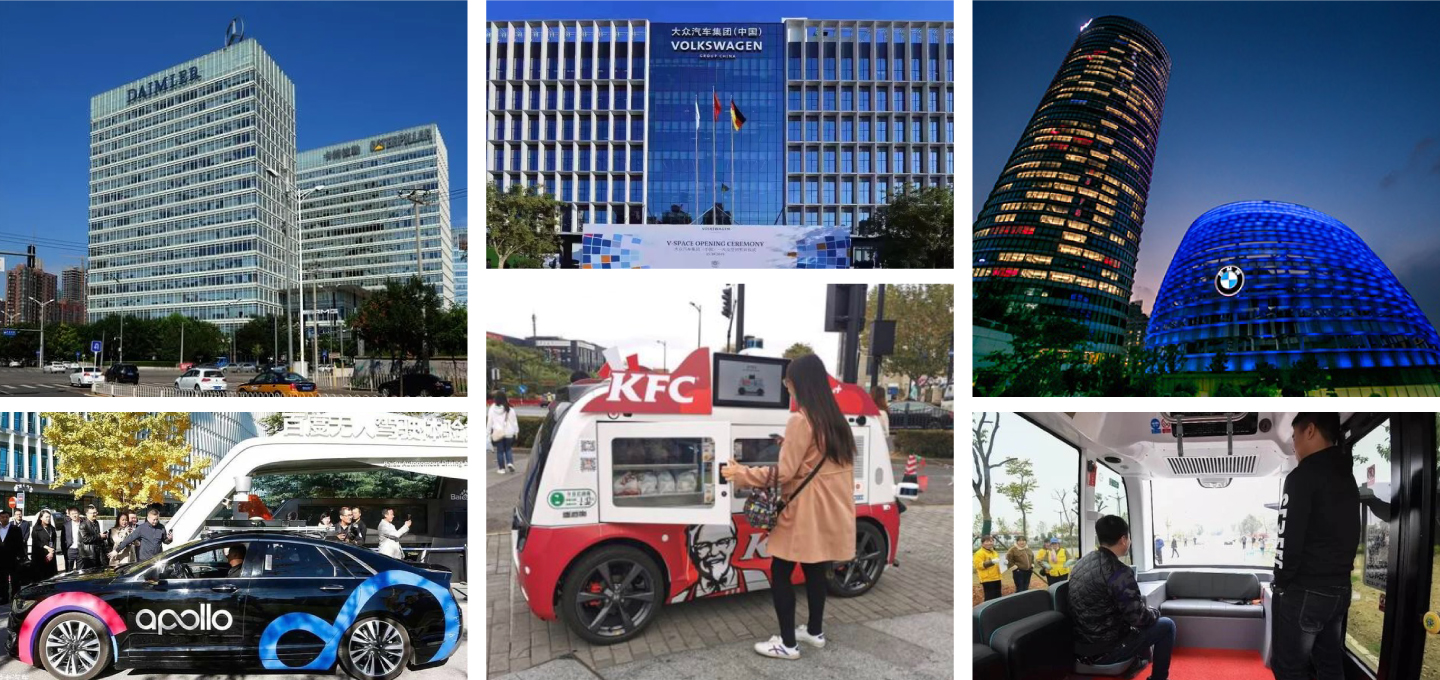
Table of Contents
Intense Domestic Competition from Local and International Brands
The Chinese automotive market is fiercely competitive, with premium car brands facing pressure from two primary sources: rapidly growing domestic automakers and established international competitors.
Rise of Domestic Chinese Automakers: The emergence of powerful Chinese brands like BYD, NIO, and Xpeng is transforming the landscape. These companies are not only producing high-quality vehicles but are also leveraging cutting-edge technology and aggressive marketing strategies.
- Increased consumer confidence in domestic brands: A rising sense of national pride and improved quality perception are boosting sales of domestic brands. Consumers are increasingly confident in the reliability and technological sophistication of Chinese-made vehicles.
- Focus on electric vehicles and innovative technology: Chinese automakers are heavily investing in electric vehicles (EVs) and autonomous driving technologies, areas where they are often ahead of the curve. This focus on innovation is attracting younger, tech-savvy buyers.
- Aggressive pricing strategies and marketing campaigns: Domestic brands often offer competitive pricing and sophisticated marketing campaigns tailored to the preferences of Chinese consumers.
Established International Brands: Premium brands like Audi, Mercedes-Benz, and Volvo already have a significant presence in China, creating intense competition for market share. These established players possess extensive resources and strong brand recognition.
- Aggressive marketing and promotional offers: International brands use a wide range of promotional activities and competitive pricing to maintain their position.
- Extensive dealer networks and established customer base: Years of operation have allowed these brands to build extensive dealer networks and cultivate loyal customer bases.
- Localization of models to meet specific Chinese consumer preferences: Successful international brands adapt their models to suit Chinese tastes, offering features and functionalities particularly appealing to the local market.
Navigating Regulatory Hurdles and Infrastructure Challenges
The Chinese automotive market is subject to stringent regulations and evolving infrastructure, creating unique obstacles for premium brands.
Stringent Emission Standards and Government Regulations: China is implementing increasingly stringent emission standards and fuel efficiency regulations. Compliance requires significant investment and technological adaptation.
- Compliance costs and challenges in meeting increasingly stringent standards: Meeting these standards necessitates considerable investment in research and development, impacting profitability.
- Bureaucracy and navigating complex regulatory processes: The regulatory environment can be complex, requiring significant effort to navigate the necessary approvals and certifications.
- Investment in research and development for electric and hybrid vehicle technologies: The push towards electric vehicles necessitates substantial investments in R&D for battery technology, charging infrastructure compatibility, and electric powertrains.
Charging Infrastructure and Electric Vehicle Adoption: While EV adoption is booming in China, the uneven distribution of charging infrastructure across the country remains a major challenge, particularly impacting the Luxury Car Sales in China.
- Range anxiety concerns amongst consumers: The lack of widespread charging infrastructure still causes range anxiety for potential EV buyers.
- Investment in expanding charging networks and supporting infrastructure: Premium brands need to invest in or partner with companies to expand charging networks to alleviate range anxiety.
- Need for strategic partnerships to improve charging infrastructure access: Collaborations with charging network operators are crucial for ensuring convenient and reliable charging access for EV owners.
Understanding Unique Chinese Consumer Preferences and Buying Habits
Understanding the unique preferences and buying habits of Chinese consumers is paramount for success in this market.
Brand Perception and Image: Building a strong brand image and trust is crucial in China. This requires long-term investment in marketing and public relations.
- Importance of cultural sensitivity in advertising and marketing materials: Marketing campaigns must be culturally sensitive and resonate with the values and preferences of Chinese consumers.
- Focus on social media and digital marketing strategies: Reaching Chinese consumers requires a strong online presence and effective engagement on popular social media platforms like WeChat and Weibo.
- Building long-term relationships with key influencers and opinion leaders: Collaborating with key influencers and opinion leaders can significantly impact brand perception and reach.
Technological Preferences and Features: Chinese consumers highly value technological advancements in their vehicles. Premium brands must offer advanced features to remain competitive.
- Integration of local apps and services: Integration of popular Chinese apps and services is essential for a positive user experience.
- Emphasis on connectivity, infotainment, and advanced driver-assistance features: Features like advanced driver-assistance systems (ADAS), sophisticated infotainment systems, and seamless connectivity are highly sought after.
- Investment in R&D to incorporate these features in future models: Continuous investment in research and development is vital to stay ahead of the curve in technology and features.
Conclusion:
The Chinese automotive market’s dynamism and competitiveness present significant obstacles for premium brands like BMW and Porsche. Successfully navigating this landscape necessitates a deep understanding of domestic competition, regulatory hurdles, and unique consumer preferences. By strategically addressing these challenges through adaptation, innovation, and targeted marketing efforts, premium brands can improve their market position within the rapidly evolving Chinese Automotive Market. Investing in local partnerships, electric vehicle technology, and understanding the nuances of Chinese consumer expectations is crucial for long-term success in this lucrative but challenging market. Understanding the obstacles for premium car brands in China is the first step to overcoming them and achieving sustainable growth in the world’s largest automotive market.

Featured Posts
-
 California Governor Newsom Labels Some Democrats Toxic In Bill Maher Interview
Apr 25, 2025
California Governor Newsom Labels Some Democrats Toxic In Bill Maher Interview
Apr 25, 2025 -
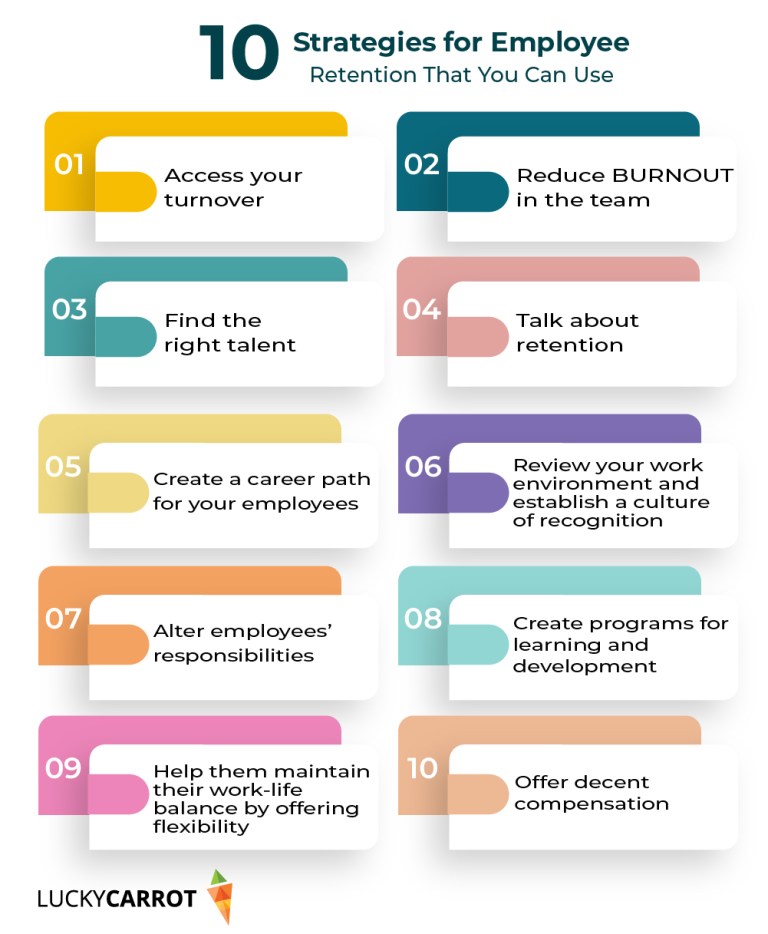 Investing In Middle Management A Strategy For Improved Performance And Retention
Apr 25, 2025
Investing In Middle Management A Strategy For Improved Performance And Retention
Apr 25, 2025 -
 South Africa Coalition Government Survives Tax Hike Vote
Apr 25, 2025
South Africa Coalition Government Survives Tax Hike Vote
Apr 25, 2025 -
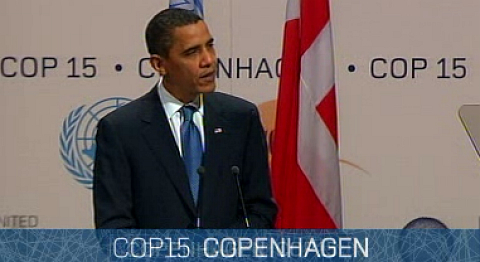 Xis Climate Speech Ambitious Emissions Goals For China Despite Us Absence
Apr 25, 2025
Xis Climate Speech Ambitious Emissions Goals For China Despite Us Absence
Apr 25, 2025 -
 Ashton Jeanty And The Chicago Bears A Deeper Look At The Trade Rumors
Apr 25, 2025
Ashton Jeanty And The Chicago Bears A Deeper Look At The Trade Rumors
Apr 25, 2025
Latest Posts
-
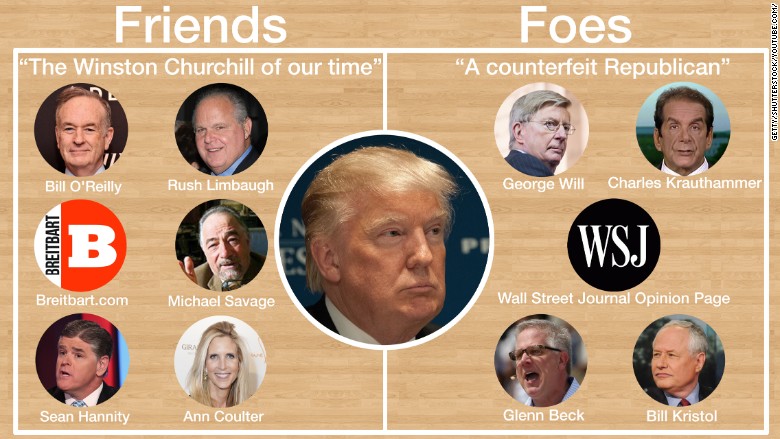 Donald Trumps Billionaire Friends Post Tariff Losses Since Liberation Day
May 10, 2025
Donald Trumps Billionaire Friends Post Tariff Losses Since Liberation Day
May 10, 2025 -
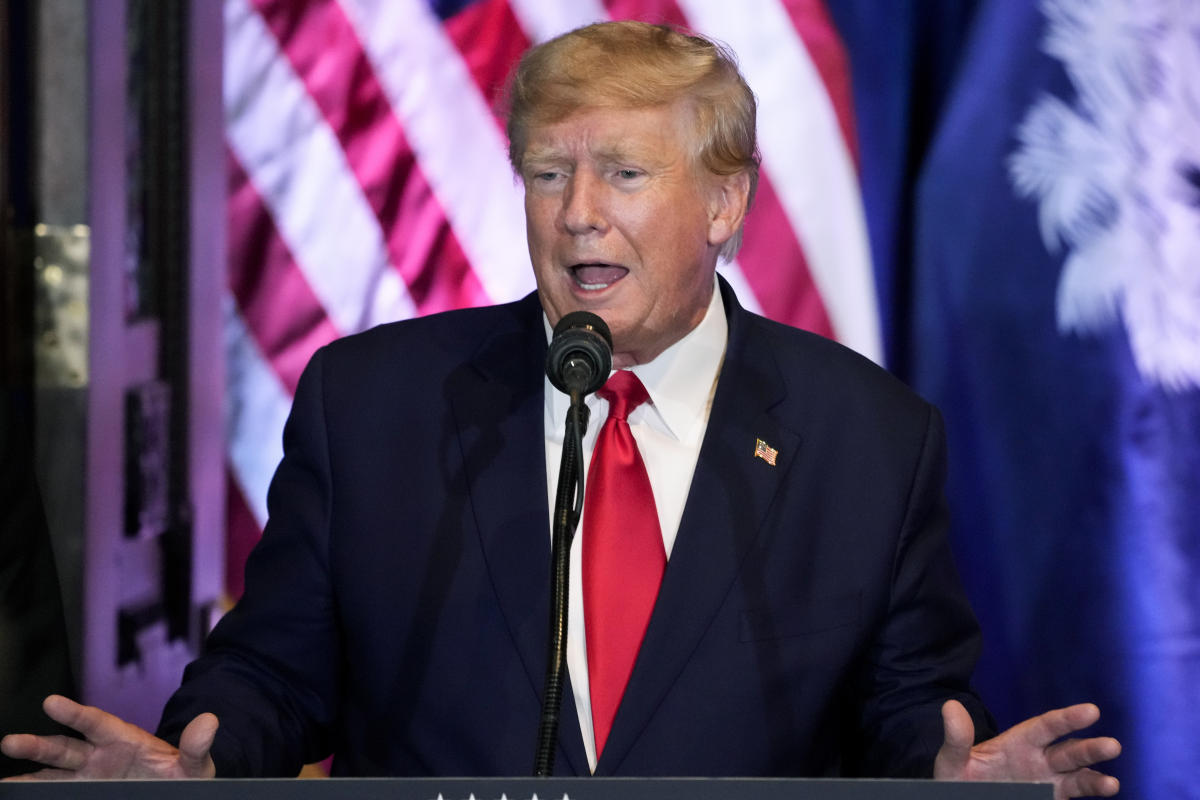 The Impact Of Donald Trumps Presidency On The Net Worth Of Musk Bezos And Zuckerberg
May 10, 2025
The Impact Of Donald Trumps Presidency On The Net Worth Of Musk Bezos And Zuckerberg
May 10, 2025 -
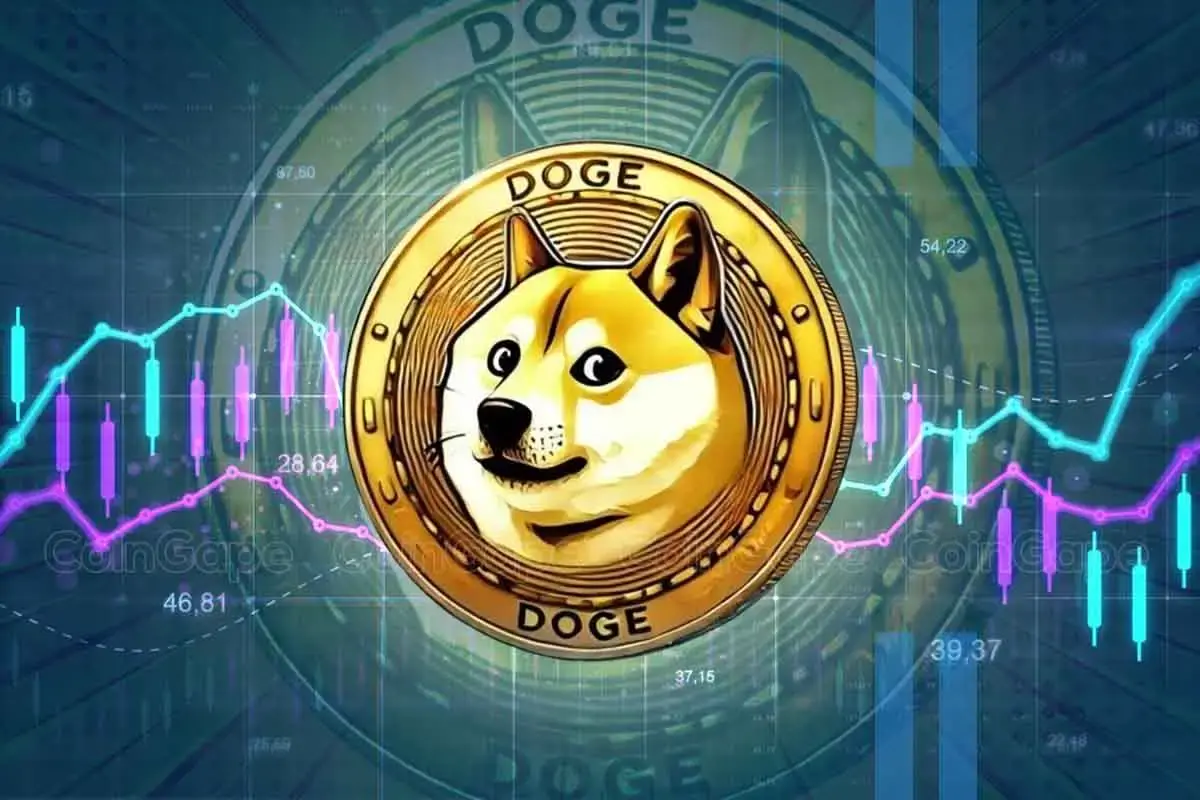 Elon Musks Billions Teslas Success And The Dogecoin Decision
May 10, 2025
Elon Musks Billions Teslas Success And The Dogecoin Decision
May 10, 2025 -
 Tesla Stock Rally Boosts Elon Musks Net Worth By Billions
May 10, 2025
Tesla Stock Rally Boosts Elon Musks Net Worth By Billions
May 10, 2025 -
 Elon Musk Wealth Increase Billions Added After Tesla Rally Dogecoin Step Back
May 10, 2025
Elon Musk Wealth Increase Billions Added After Tesla Rally Dogecoin Step Back
May 10, 2025
